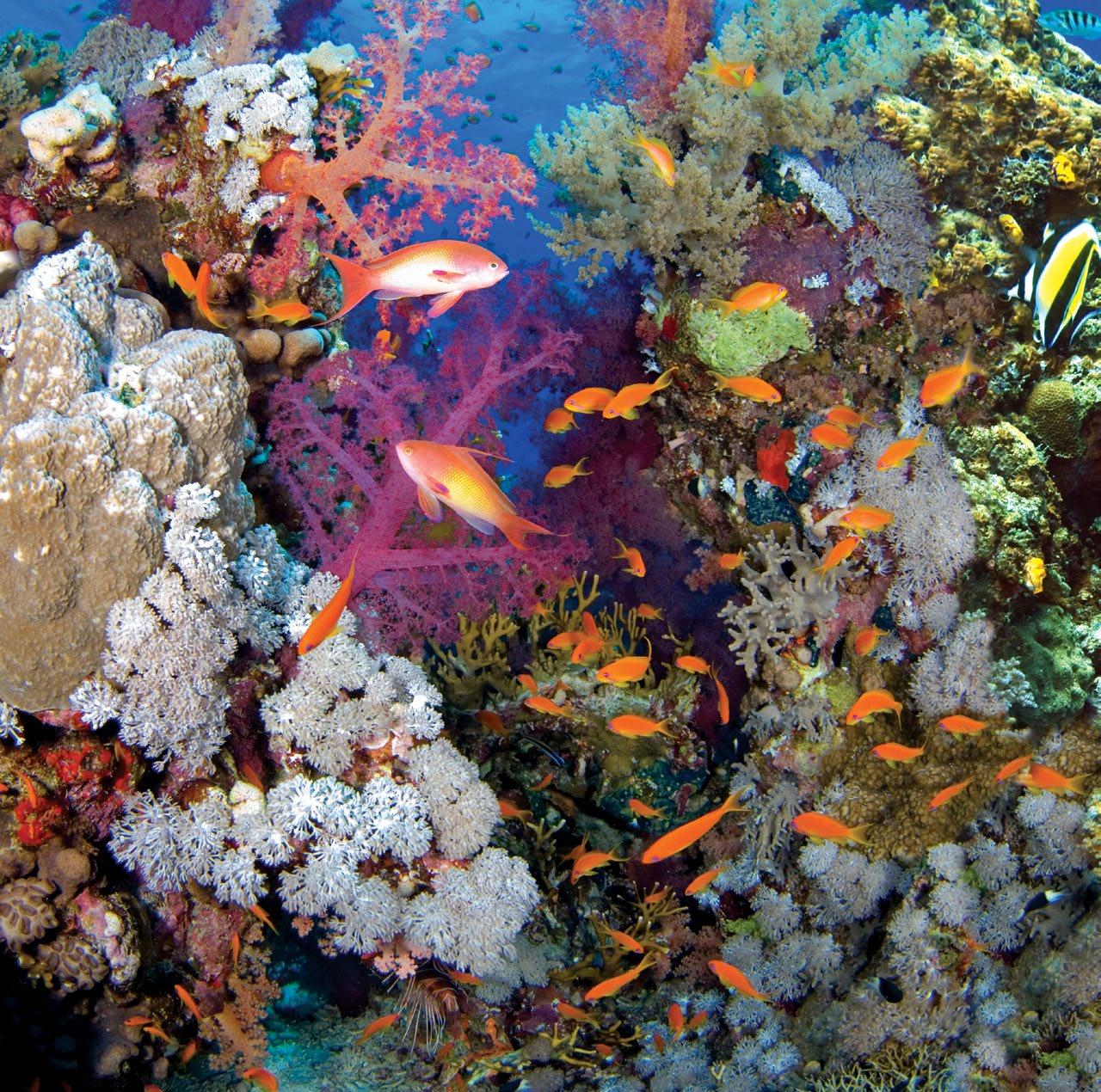O cover story
One of the first things a visitor to the Caribbean will observe is that we are an incredible melting pot of people and cultures from around the world. This has resulted in an amazing array of cultural expressions in all forms including food, music, language, and every other type of artistic expression. Interestingly, while each island has its own unique flavor, there is essentially an underlying pan-Caribbean base in which our cultures today are rooted. This base is our common history, environment and belief systems that began with the first peoples to call these islands home. Over 4,500 years ago, pre-Columbian people lived on and visited the island of Antigua. The first arrivals were a largely unknown Archaic Age people who exploited the high quality and abundant flint from Long Island for tool making. Our earliest radiocarbon dates for their settlements cluster between 3100 BC and 450 BC. They were replaced by another migration of Arawakan speaking people from South America who were well established on Antigua & Barbuda by 250 BC. Their descendants were the ones who met the Spanish explorers and suffered the impact of that encounter. The newly arriving Europeans saw them as idol-worshiping savages, cannibals and fit only to be used as slaves so had little interest in documenting their culture. Fortunately, some observations were made by a few priests and historians, although the written accounts were published a considerable time after discovery and colonisation. Over the past fifty years, archaeologists and historians have begun investigations to shed light on the pre-Columbian people and cultures that lived on Antigua and the Eastern Caribbean for over 5,000 years. Today when we think of Antiguan/Caribbean culture, we immediately focus on music, carnival and food; primarily intangible aspects. We certainly never consider what the first people on Antigua and our neighbouring islands have contributed to our development and way of From an anthropological perspective, life. Recent genetic research in Puerto Rico, has determined migrant and seafaring people bring with that most people there have some Amerindian DNA in them their traditions, including familiar their genes. This would be similar on other islands that foods, to ensure their survival and to had pre-Columbian (Kalinago) populations at the time of retain their sense of cultural identity and settlement and conquest, including many of the Leeward practices. and Windward islands, from Guadeloupe to St Vincent. In a more tangible sense, they have also contributed to Caribbean culture in other ways. Many of the fruit, vegetables, and plants used for medicinal, food and other commercial purposes today were brought to these islands, including Antigua, by them. These plants include, tobacco, cotton, sweet potato, cassava, corn, varieties of peppers, beans and squash, pineapple, sugar-apple, soursop, papaya, cocoa, guava, and others. As we enjoy these “Caribbean” products daily, we do not think of where they originated, but these essential ingredients, that form the core of our cultural heritage identity, were brought to the islands by these seafaring Amerindian peoples. From an anthropological perspective, migrant and seafaring people bring with them their traditions, including familiar foods, to ensure their survival and to retain their sense of cultural identity and practices. The small islands of the Eastern Caribbean are often described as “stepping stones in a linear formation” which facilitated the easy movement along the island chain by water which connected the three diverse geographic and cultural regions of North, South and Central America. The isolation
44
THE CITIZEN






















